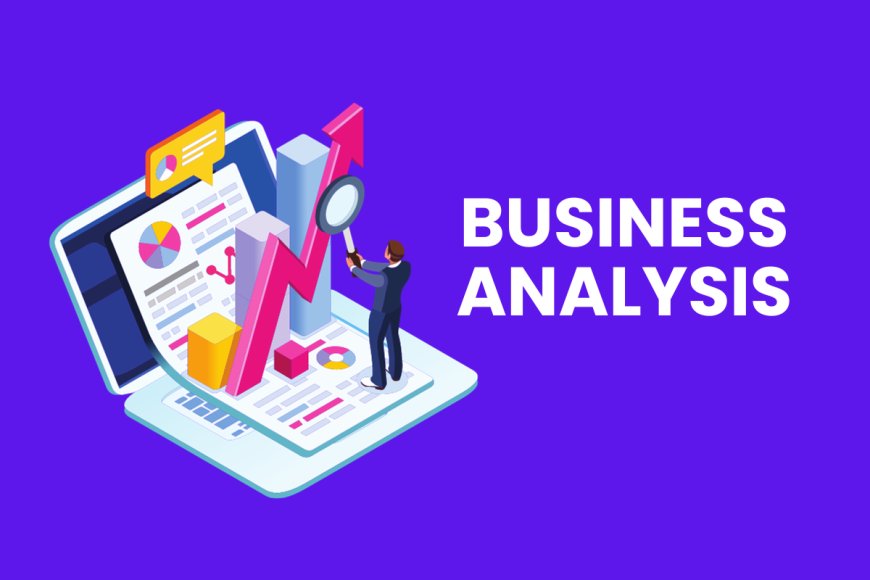Understanding Business Analytics: A Roadmap to Success
What is business analytics?

Business analytics involves using data analysis, statistical models, and quantitative methods to solve business problems. It's a systematic exploration of an organization's data, emphasizing statistical analysis to guide decision-making. Companies treat data as an asset, aiming to turn it into a competitive advantage. Success in business analytics relies on data quality, skilled analysts, and a commitment to using data for informed decisions.
Importance of Business Analytics
Unlocking Insights
Business analytics is the key to unlocking the hidden treasures within data. It's not just about numbers; it's about deciphering trends, patterns, and anomalies that shape strategic decisions.
Strategic Decision-Making
In a rapidly evolving market, making informed decisions is crucial. Business analytics empowers leaders with data-driven insights to steer their organizations towards success.
Types of business analytics
Business analytics operates by collecting, processing, and analyzing data to uncover valuable insights that drive informed decision-making within an organization. Here's how it generally works:
- Data Collection: Gathering relevant data from various sources such as databases, spreadsheets, customer interactions, and external sources.
- Data Processing: Organizing and cleaning the collected data to ensure accuracy and consistency. This step involves transforming raw data into a usable format.
- Data Analysis: Employing analytical techniques, statistical models, and algorithms to explore patterns, trends, correlations, and anomalies within the data.
- Insights Generation: Extracting meaningful insights and actionable information from the analyzed data to understand business performance, customer behavior, market trends, and more.
- Decision-Making Support: Providing decision-makers with these insights to facilitate strategic planning, optimize operations, identify opportunities, and address challenges.
- Continuous Improvement: Iteratively refining the analytics process based on feedback, new data, and evolving business needs to enhance accuracy and relevance.
Overall, business analytics involves a cyclical process of collecting, processing, analyzing, and leveraging data to enhance business outcomes and gain a competitive advantage.
Types of business analytics
There are various types of business analytics, each serving specific purposes within an organization:
- Descriptive Analytics: This type focuses on understanding historical data to describe what has happened in the past. It involves summarizing and aggregating data to provide insights into past performance and trends.
- Diagnostic Analytics:Diagnostic analytics delves deeper into data to understand why certain events occurred. It aims to identify the root causes of specific outcomes or trends by exploring relationships within the data.
- Predictive Analytics: Predictive analytics forecasts future trends and outcomes based on historical data and statistical algorithms. It uses predictive models to anticipate potential scenarios and make educated estimations.
- Prescriptive Analytics: This advanced form of analytics not only predicts future outcomes but also suggests actions to optimize those outcomes. It provides recommendations on the best course of action to achieve desired results.
- Diagnostic Analytics: Diagnostic analytics delves deeper into data to understand why certain events occurred. It aims to identify the root causes of specific outcomes or trends by exploring relationships within the data.
- Prescriptive Analytics: This advanced form of analytics not only predicts future outcomes but also suggests actions to optimize those outcomes. It provides recommendations on the best course of action to achieve desired results.
- Text Analytics: Text analytics involves analyzing unstructured data such as emails, social media posts, and customer reviews to extract valuable insights, sentiments, or patterns from textual information.
- Spatial Analytics: Spatial analytics deals with geographical or location-based data, exploring patterns, relationships, and trends in data associated with specific locations or regions.
Each type of business analytics serves a unique purpose, from understanding historical performance to predicting future trends and prescribing optimal actions for enhanced decision-making.
What's Your Reaction?




























































































